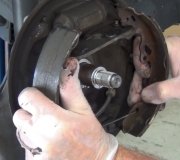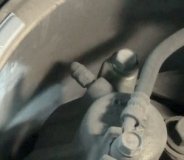Saturday, April 6th, 2019 AT 2:44 PM
I changed the rear brakes on my car (the shoes, drum, springs and also wheel cylinder) unfortunately my rear driver's side wheel cylinder keeps popping open and leaks. What would be the cause? I have replaced both sides of the brakes and bleed the heck out of them and it is only the driver side that's having the problem. Help please.


